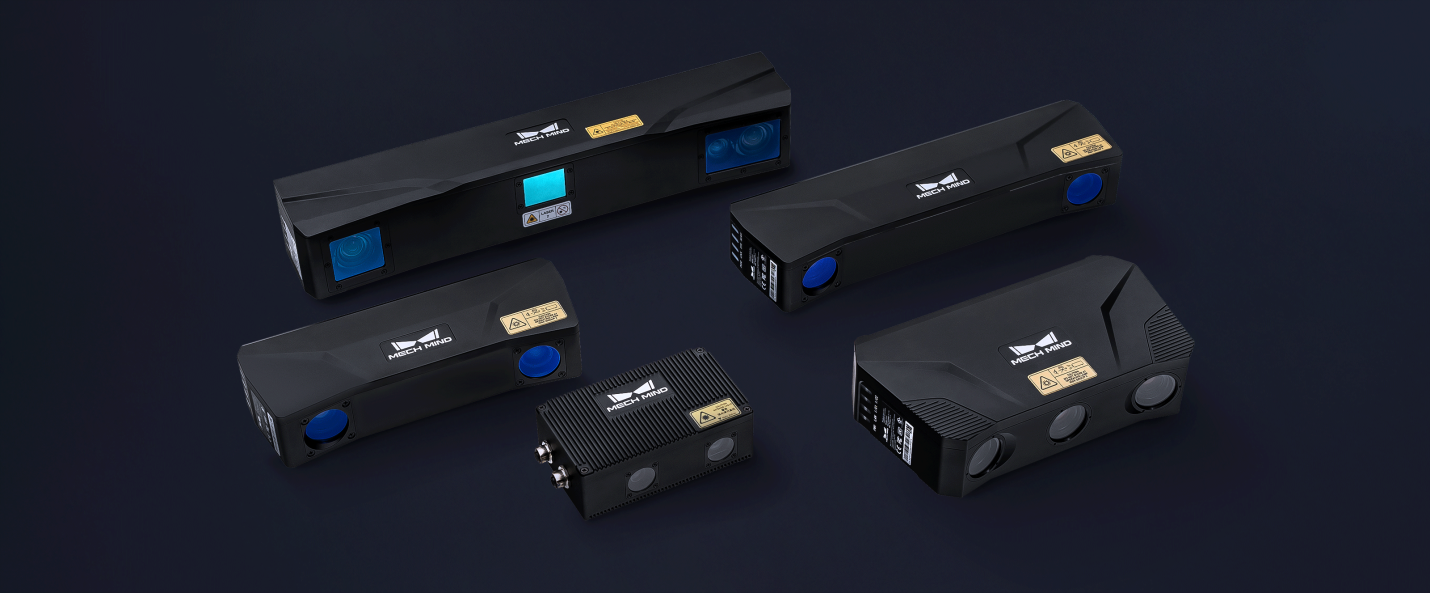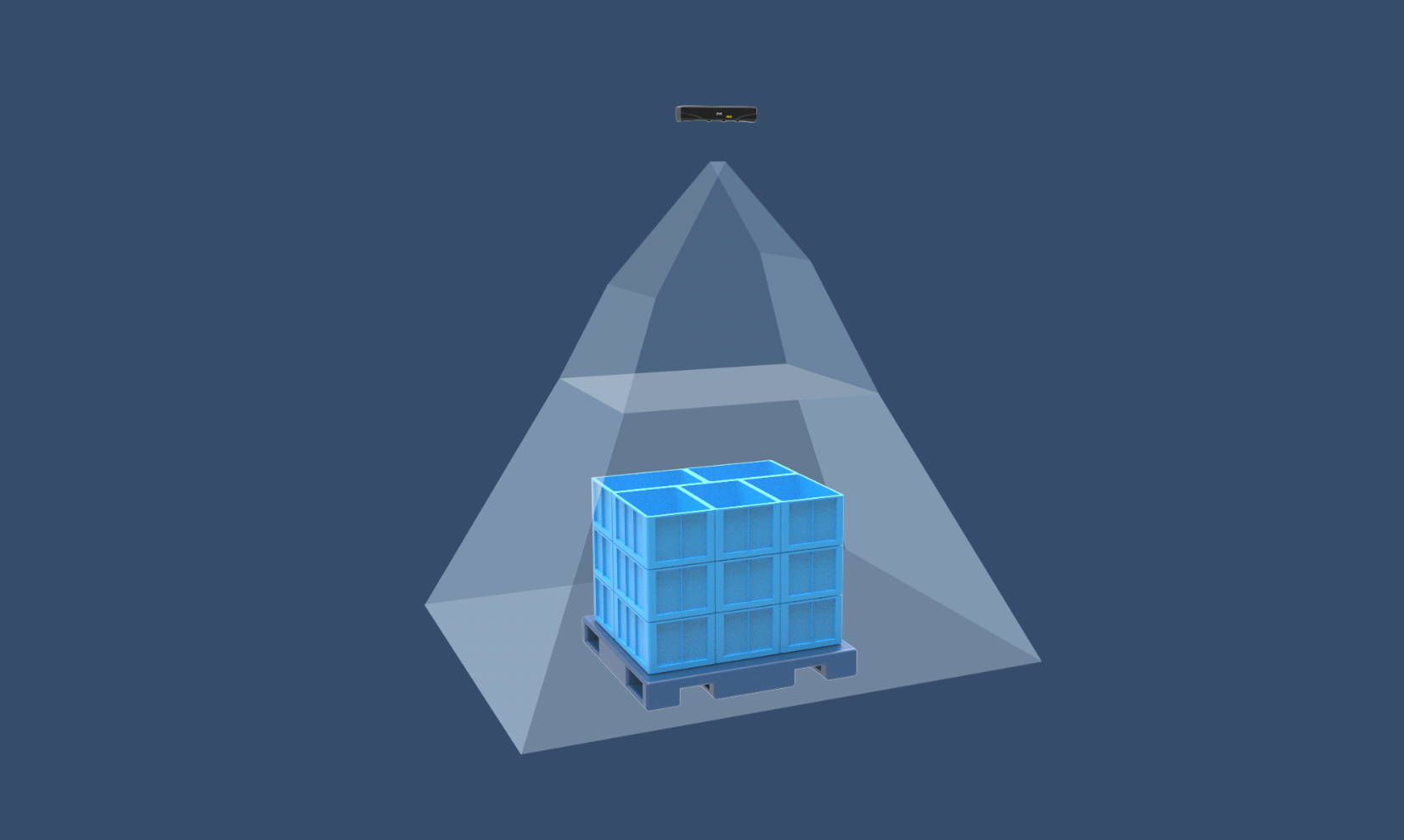Automation and robotics are emerging technologies over the years across industries globally. With the innovation of technology, camera and vision systems are crucial in consolidating operations and providing speed and better accuracy, especially in the manufacturing industry.
Industrial machine vision cameras increase excellent production through faster speeds and minimized errors.
In a report by Report Linker, the global machine vision market is predicted to increase from $12.09 billion in 2021 to $13.52 billion in 2022.
In this machine vision camera selection guide, we will answer what we find out about machine vision cameras and help you choose the appropriate machine vision camera for your robots.
What is a machine vision camera?
Machine vision cameras probe and assess things immediately during operations, typically on large-scale productions and manufacturing setups. It can be placed at different points in production operations. A camera for machine vision can be programmed to identify an object's shape, color, size, and place.
What are the capabilities of machine vision cameras?
Cameras for machine vision offer various capabilities across various steps in the manufacturing process.
● Utilizing a 3D machine vision camera can provide more accurate inspections and identify errors in the process.
● Industrial machine vision cameras can cover various steps in the process: assessment, recognition, and inspection.
● You may use these machines 24/7 without compromising accuracy.
● Having machine vision cameras on robots helps them better perform around their environment.
● These cameras can generate good images to give you improved speeds, and more effective, and consistent assessments than manual checks done by humans.
● The camera manufacturers (industrial 2D and 3D cameras) can adjust the limits of robots compared to physical sensors such as position and tactile.
● You can rectify the object's location and orientation by using camera sensors.
● It allows companies to significantly reduce operating costs since it makes manufacturing more efficient.
How to choose the right machine vision cameras for your robots?
Choosing the right machine vision cameras can be a daunting task, so here are some criteria that you need to know so you can pick the best machine vision cameras for your robots and, ultimately, your business.

1. Resolution requirements
Identifying the ideal resolution is key in choosing the right machine vision camera for you. To know the ideal resolution, you need to calculate the size of the field of view and the smallest features. These usually refer to defects in a product or a tiny element on the object that needed to be resolved. “Feature” is a designated thing or object included in an item or it could be something that should be absent. For instance, it could be holes in keyboard circuits or deformities in action figures.
One's first reaction would be to choose the catch-all camera that sees all objects, but this solution is neither realistic nor necessary. Resolution can heavily increase camera expenses, so it is crucial to plan and point out the features you need to identify.
Tip: Connect with industrial camera providers like Mech-Mind and do an assessment and testing before choosing a specific camera.
2. Accuracy requirements
Catching defects and errors would be the primary role of industrial machine vision cameras. So, it is crucial that aside from considering the resolution, you would need to give the accuracy requirements needed as well. Some of the things you would need to identify are the features you want to be inspected, the target production speed, the number of components to be checked, the target margin of error, etc.
3. FOV requirements
The field-of-view (FOV) requirements need to be established so you can also know how many components at any moment need to be examined in a limited space and FOV. Machine vision systems need the dimensions and specific FOV requirements in order to cover all the areas necessary. This way, it can be programmed and efficiently executed, which reduces errors along the way.

4. Ambient light resistance performance
Cameras operate with the immediate light source. Some cameras can be programmed to be more sensitive to specific wavelengths, and some need to have ambient light resistance. Sudden changes in the amount of light present in the environment may affect the inspections, so it’s imperative to establish these details when you choose a camera.
Industrial cameras also need the appropriate wavelength properties so they can properly display the features in question. This is especially needed when you are planning to use 3D machine vision cameras.
5. Stability in different environments (thermal stability, vibration resistance, etc.)
Every camera for machine vision is supplied with operating specifications, especially regarding temperature and maintenance. If the environment surpasses the prescribed environments for the cameras, the cameras’ performance may decrease since the conditions go over the manufacturer's indicated ideals.
It is also imperative to consider the vibration resistance of the camera when it’s installed on your robots. Can it withstand future physical disturbances like earthquakes that may affect its position?
Tip: To keep the cameras within the prescribed operating conditions, also consider heat-sinking methods. Assess the operating environment temperature, and conditions, and inquire about options with the manufacturer to keep the cameras for your robots working as they should.
6. Camera customization
If you have specific requests and if you plan to purchase cameras in bulk, manufacturers can offer customization that can aid your process better. Small quantities may not guarantee camera customization, but if you would need thousands of cameras for machine vision in place over several years, it is highly likely to get additional, non-standard features in the product.
7. Budget
While there are other things to think about, the budget will always be your utmost consideration before buying any product. If it has been decided to purchase and invest in a vision system for your robots, then there's likely been an assessment of its cost-effectiveness and revenue predictions for these cameras. These business requirements will affect the camera budget. Business owners would need to compare the price of cameras against the anticipated revenue.
Tip: Start the process of camera selection by putting the budget and objectives first before deciding specifics. This keeps you from choosing a camera beyond your expected expenses.
The Mech-Mind Way
Machine vision and machine vision cameras improve speed and accuracy in manufacturing. In this machine vision camera selection guide, you can choose which machine vision camera is right for your business.
Mech-Mind provides solutions and products geared towards innovation and advanced robotics. You need to choose the right machine vision camera for your robots, which is why Mech-Mind is here to help. Mech-Mind Robotics is currently the leading provider of industrial 3D vision cameras, machine vision software, and intelligent robotic solutions.
To know which Mech-Mind machine vision solutions match your business needs, consult our experts today!